Libya faces daunting security challenges
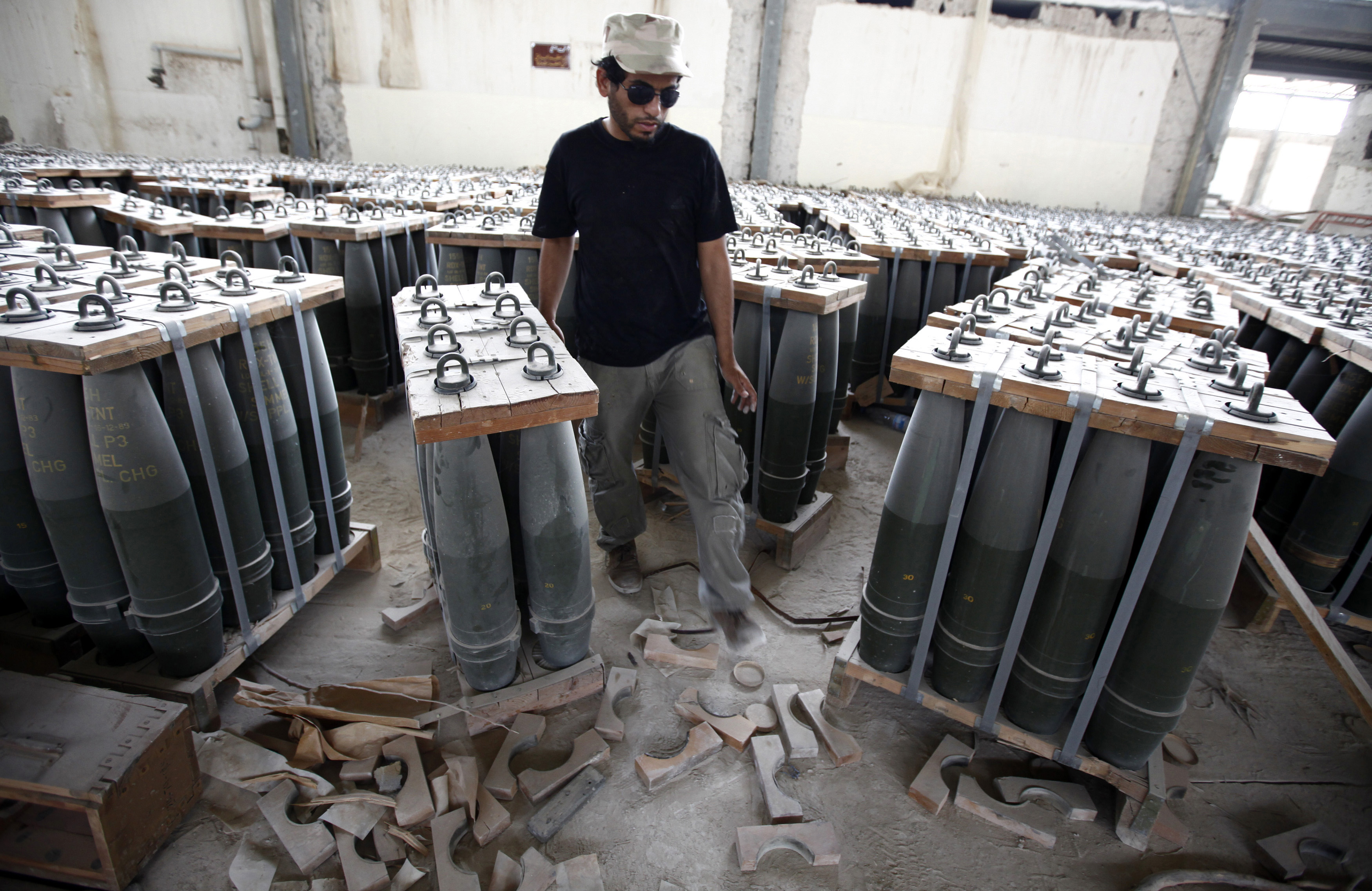
Vast unguarded weapons stockpiles, armed militias and urban areas contaminated by munitions and mines – Libya’s interim leaders face a formidable security situation.
During Libya’s transition to democracy Switzerland says it can help support efforts to reform the security forces and disarm the population as well as demining activities.
After the capture and killing of Muammar Gaddafi on October 20, Libya is setting about building a democracy. By next June, Libyans are due to elect a national assembly to oversee the drafting of a constitution, followed by parliamentary and presidential elections.
The National Transitional Council (NTC) last week chose a new prime minister, Abdurrahim el-Keib, who is to form a government for the transition period. Yet security remains a pressing concern.
In a recent televised speech El-Keib stressed the need to quickly form new security forces, adding that “the presence of weapons in this random manner really concerns us”.
Last week the United Nations Security Council said it was alarmed over the fate of the huge weapons arsenal – which included 20,000 shoulder-fired missiles – built up in Libya under Gaddafi.
The UN’s top envoy to Libya, Ian Martin, told the council that while thousands of weapons were destroyed during Nato operations, the UN is increasingly concerned over “looting and likely proliferation” of weapons and other munitions, newly laid mines, and command and control of chemical and nuclear material sites in Libya.
“This wide circulation of weapons is one of the biggest problems in this post-conflict period,” Swiss foreign ministry spokesman Georg Farago told swissinfo.ch.
Special know-how
Switzerland has expressed its willingness to help rebuild Libya after its eight-month civil war and says it is ready to take part in a UN mission.
In a recent interview in the Sonntag newspaper, Foreign Minister Micheline Calmy-Rey said security centres in Geneva could offer the necessary expertise.
The Geneva Centre for the Democratic Control of the Armed Forces (Dcaf), which is half funded by the Swiss government, last month made a formal offer to help Libya reform its security sector and develop appropriate legal frameworks.
“It’s very early days, but there is an interest to initiate a dialogue,” explained Arnold Lüthold, Dcaf’s assistant director and head of Africa and Middle East operations.
He said Dcaf could draw on its experiences in eastern Europe, the Palestinian Occupied Territories, Lebanon, Morocco and Tunisia, to advise the Libyans on issues like the control of armed groups to ensure respect for human rights.
But the task remains immense.
“In eastern Europe, where it was easier to manage, the transition took 20 years. Here you have to start from zero so it’s at least 20 to 30,” he told swissinfo.ch.
Demining
Switzerland is already funding two demining programmes in Libya. It has given SFr160,000 to the United Nations Mine Action Service (UNMAS), which is coordinating all mine activities in the country.
So far, mine action agencies have cleared 2,570 houses, 58 schools and 53,000 pieces of explosive remanants of war, but this is just “the tip of the iceberg”, said UNMAS programme officer Amy Susan White.
There have also been 84 reported accidents, but the actual figure is likely to be much higher, she added.
Switzerland has also given SFr90,000 to the Geneva-based Swiss Foundation for Mine Action (FSD).
Since April some 100 FSD staff have been clearing unexploded remnants of war from contaminated areas as part of the international effort.
“The landmine situation resulting from the civil war is not fully known but we don’t expect it to be particularly significant in terms of the number of landmines laid and square metre of affected area, as the battle lines were relatively fluid and the conflict was short,” explained the group’s head of operations Alexander Griffiths.
“Most of the new mines were delivered by artillery in cluster ammunition and were scattered on the surface so are easier to deal with.”
But there are also “legacy minefields” dating back to the Second World War, and extensive minefields along Libya’s borders with Chad, Egypt and Tunisia, he added.
Vast unguarded dumps
The munitions stockpiles problem is completely different, however, and falls under international terrorism efforts and internal security.
Gaddafi’s arms facilities were either hit by Nato attacks or sabotaged by loyalists so the weapons didn’t fall into rebel hands. The former regime also built ad hoc stockpiles in the desert using arms taken from established storage centres to feed the battlefield; recent news reports describe these vast unguarded dumps.
Griffiths said Libya was not like Yemen or Afghanistan, where everyone has a weapon and ammunition, “but it could become like that”, and the risk that weapon and munitions fall into the wrong hands is a major concern.
“The money exists to deal with this issue, but it hasn’t yet been signed off, and there are increasing difficulties negotiating the securing of these stockpiles with the Libyan authorities. Lots of militias, brigades and commanders do not recognise the NTC,” he said.
“The diplomatic-liaison effort is happening at embassy levels. But they have to really roll up their sleeves and get on the ground to do relationship-building with junior commanders, who are the ones who will be allowing access to these sites or not.”
Gaddafi amassed a vast collection of military hardware during his 42 years in power, fuelled by Libya’s massive oil reserves.
According to Andrew Feinstein, author of “The Shadow World: Inside the Global Arms Trade”, from 1970 to 2009 and even with a long-term UN arms embargo in place between 1992 and 2003, Libya spent $30 billion on weapons. Most was sourced from the USSR and more recently Russia and Belarus, but also western suppliers like France and Germany.
The UN Security Council has expressed concern over the fate of this massive weapons stockpile. It has called on Libya and its neighbours to stamp out the proliferation of looted arms.
It is worried they could fall into the hands of al-Qaeda and other militant groups. Many weapons were destroyed in recent Nato operations but officials say it is not clear how many are still in circulation.
The Organisation for the Prohibition of Chemical Weapons said last week that Libyan authorities had informed it of suspected chemical weapons caches beyond the stockpiles earlier declared by Gaddafi. Some 7,000 drums of raw uranium have also been secured, say officials.
The Geneva-based International Committee of the Red Cross (ICRC) is also helping clearing unexploded ordinance in Libya.
Since March the ICRC has removed or neutralised around 1,400 warheads, munitions, grenades and mortar shells in Benghazi, Ajdabiya, Misrata, Brega, Ras Lanuf and the Nefusa mountains. It is now focusing on the towns of Sirte and Bani Walid, where there is the highest concentration of such objects and the humanitarian impact is most serious.

In compliance with the JTI standards
More: SWI swissinfo.ch certified by the Journalism Trust Initiative

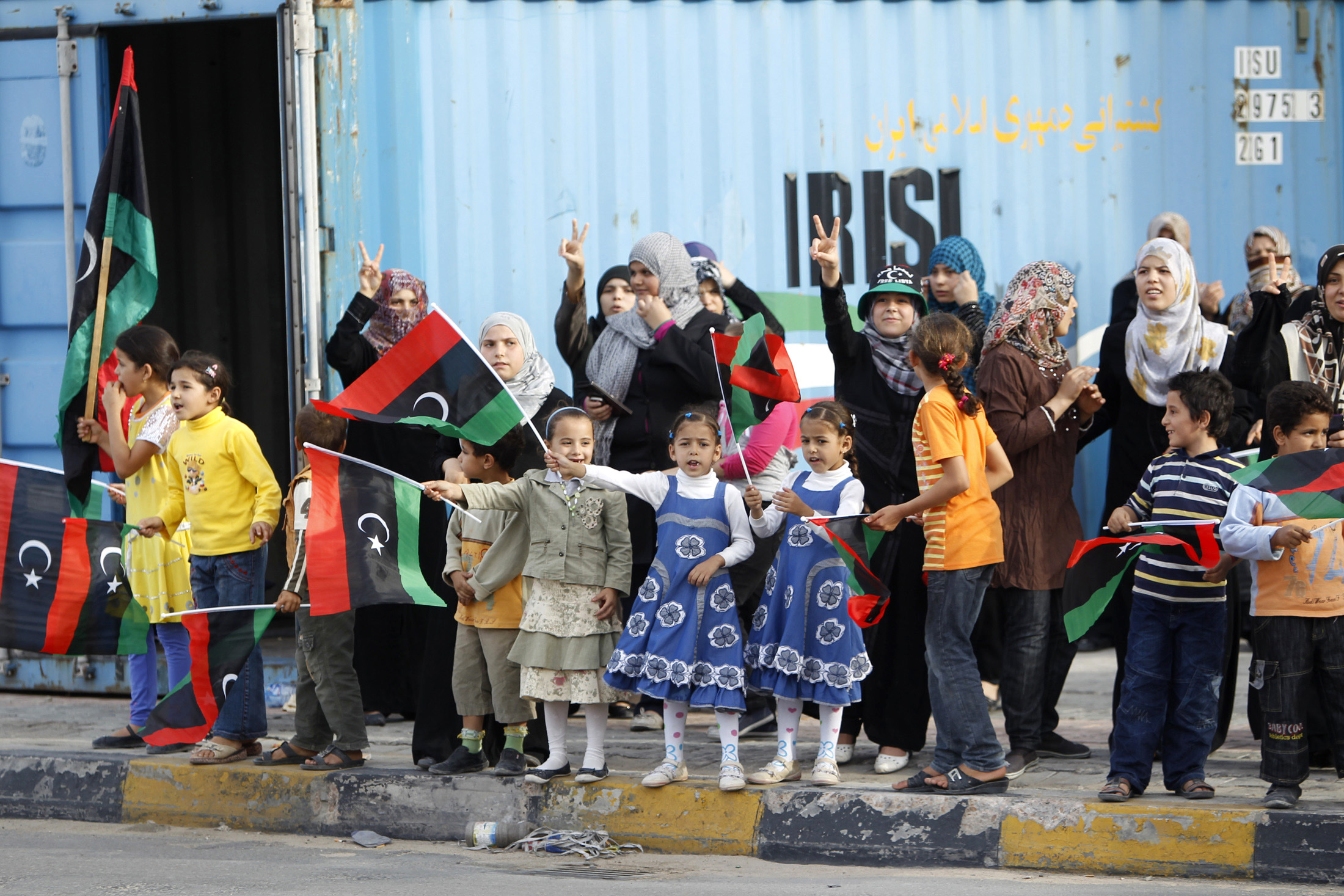
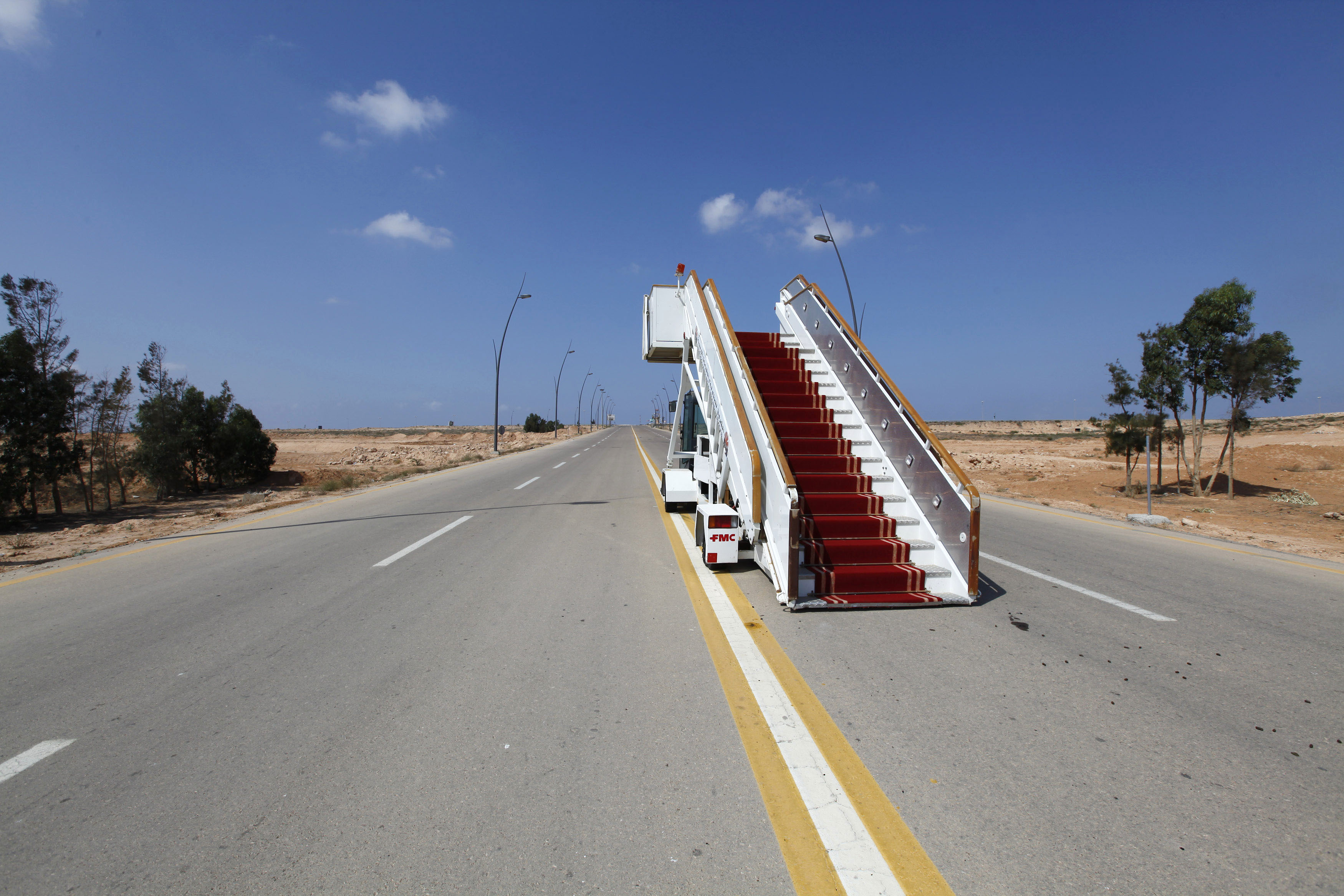
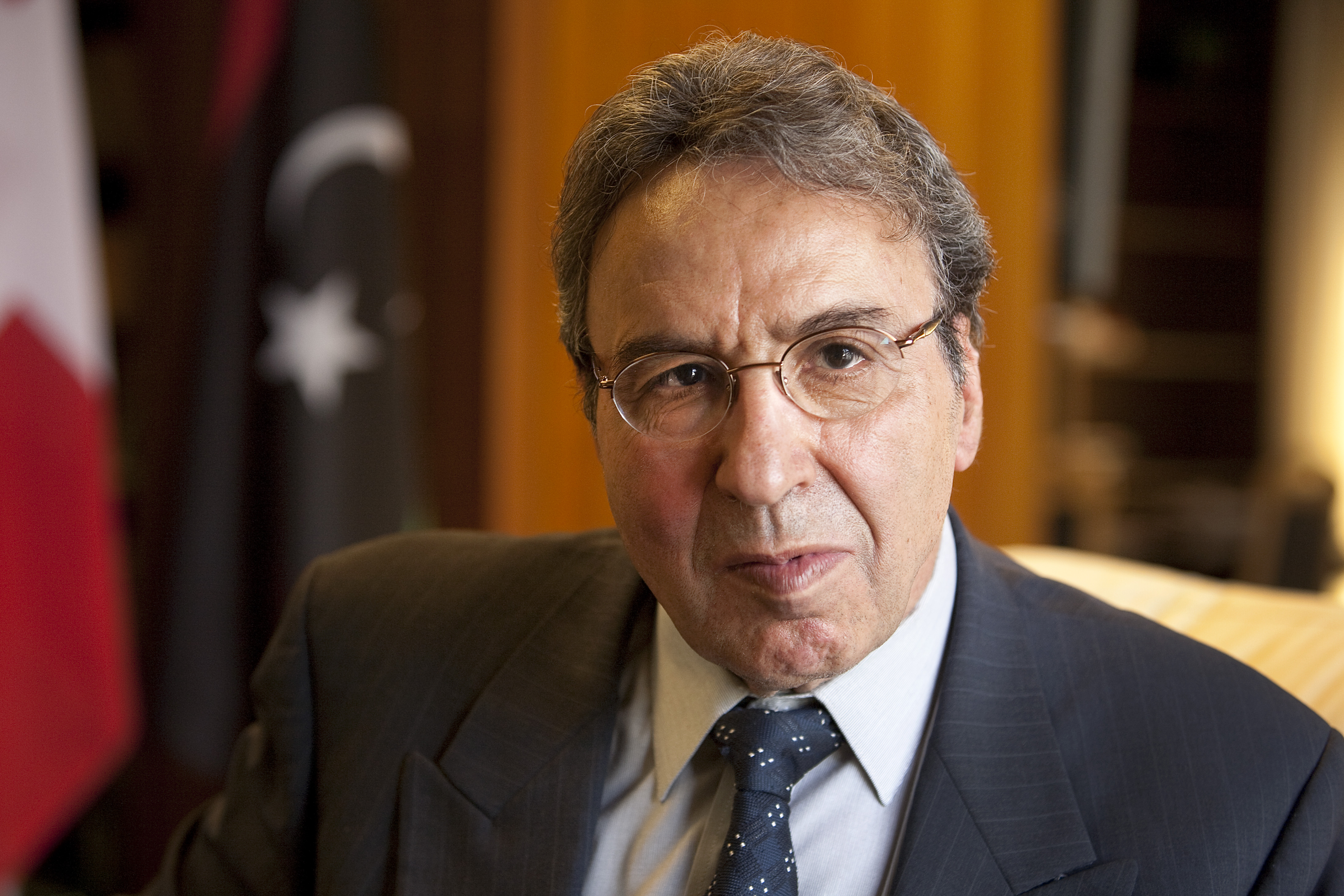
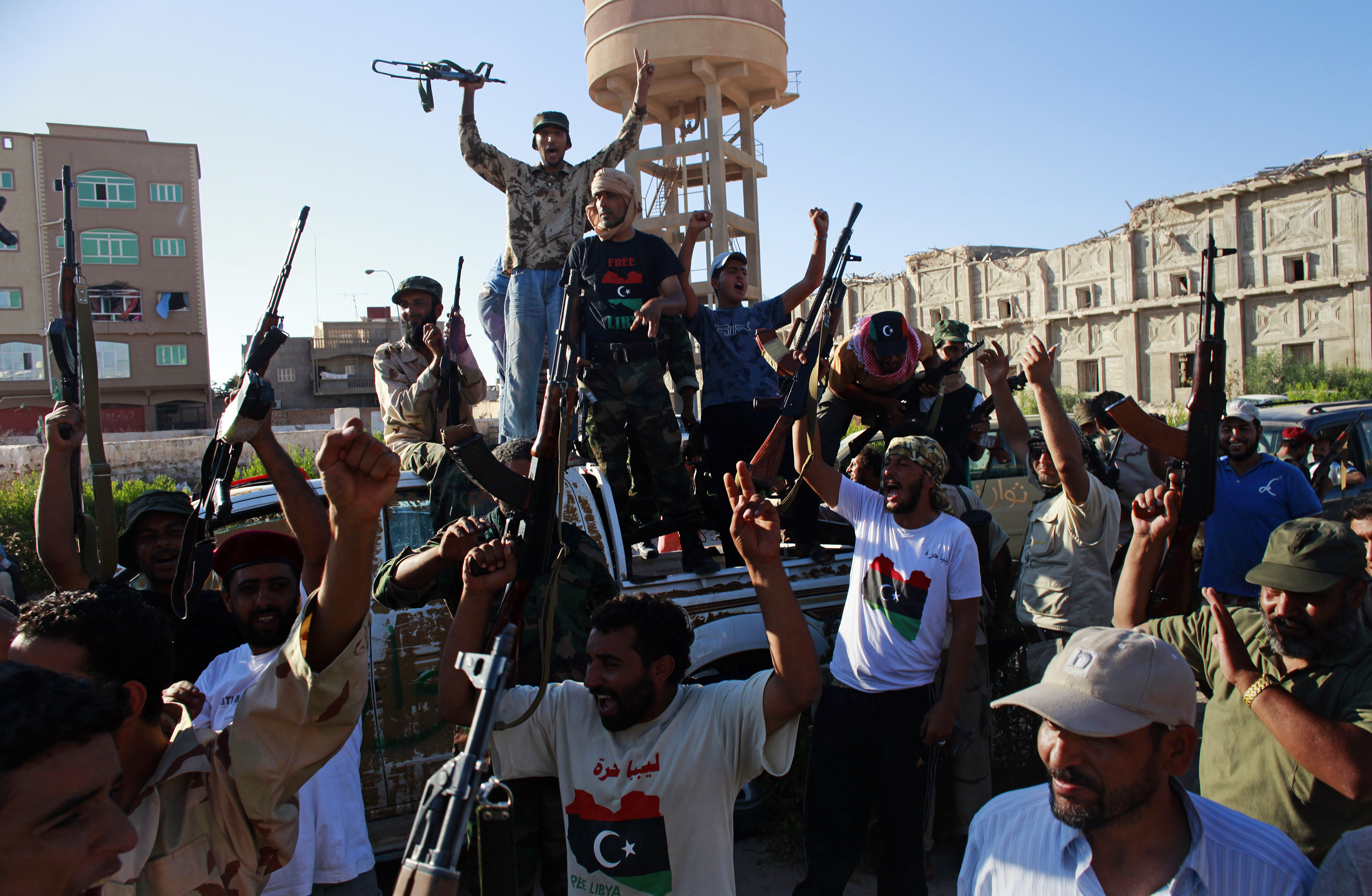
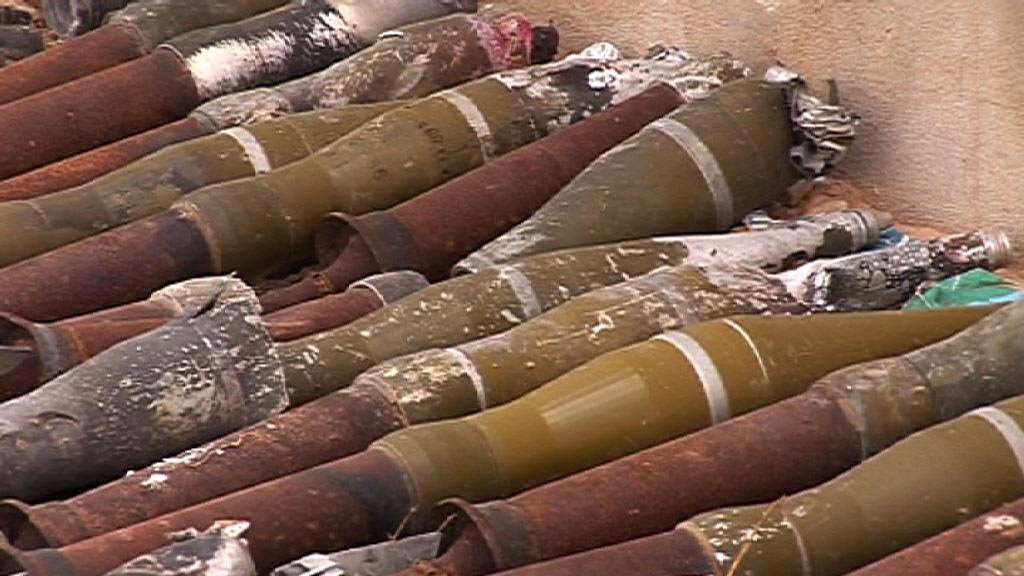
You can find an overview of ongoing debates with our journalists here. Please join us!
If you want to start a conversation about a topic raised in this article or want to report factual errors, email us at english@swissinfo.ch.